What’s Wrong with Baby Puffs?
There are a few ingredients to look out for when you are on the hunt for the healthiest baby puffs. These include:
Extruded Grains. One problem with even the healthiest baby puffs is that they are all produced through a process called extrusion. This involves mixing grains with water in a device called an “extruder,” which, through high temperatures and pressure, processes the grains through a tiny hole to give them the desired shape. There is a theory that this manufacturing process compromises the integrity of the grains’ nutrients, breaks the bonds of fatty acids, inactivates enzymes, increases the glycemic index of the food, and often lowers the vitamin and mineral content. If you subscribe to this belief, it’s impossible to call any puffs “good” snacks. My stance is that even the healthiest baby puffs still are a processed food that shouldn’t make up the bulk of a baby’s diet. That said, the brands listed above (and below, under Good Stuff) have made thoughtful choices about what is in (and out) of their puffs, and I see no problem with them as a snack for babies and toddlers.
Arsenic in Rice. Many puffs are made of mostly white rice flour, which is nutritionally pretty empty. Even more concerning is the presence of arsenic in rice-based snacks, including puffs. (The reasons for this go beyond the scope of this guide. TLDR: rice is particularly susceptible to absorbing naturally occurring arsenic from the soil, as it is grown in flooded conditions, which can increase the uptake of arsenic.) Brown rice actually contains 80% more arsenic than white rice, so you won’t escape it buy choosing puffs with brown rice flour. For this reason, we won’t recommend any rice-based puffs as “Good Stuff”. (Here is more about how you can protect your baby from heavy metals in baby food.)
Cheap Oils: The best baby puffs will either be free of oil or only contain coconut, peanut, or olive oil. Many brands of puffs use sunflower oil, which we do not like for babies. Traditional sunflower oil is full of omega-6 oils rather than omega-3 oils, and western diets have way too much omega-6. However, because this is a snack food, and we are assessing these brands from the context of it just being a snack and not a whole meal. Therefore, a little but of sunflower oil did not disqualify a brand from being “Okay Stuff” if everything else was good in the brand.
White Grains: Many puffs are made of mostly white rice (see above) or other non-whole grains. Opt for varieties whose first few ingredients are whole grain ingredients.
The Myth of the Veggie Puff: Yes, the puff your baby is enjoying is a lovely emerald color, making you think it’s full of broccoli and kale. These puffs do contain powdered vegetables, which unfortunately lack all the fibers of real veggies and which the body may not absorb in the same way. Plus, the puff is comprised mostly of grains, often white ones, so the nutritional punch of the veggie powder is probably negligible.
Lecithin. Puffs often contain lecithin made from either soy or sunflower seeds. Hexane (a petroleum-based neurotoxin and air pollutant that carries a Skin Deep score of 9) is commonly used to separate vegetable oil from seeds, including soybeans and sunflower seeds. Lecithins of all kinds should be avoided unless they are organic, which means they are entirely free of hexane residue. For this and other reasons, always choose organic puffs.
Natural Flavor. At Gimme the Good Stuff, we are not sold on the safety of “natural flavor,” since natural flavors are made in labs using biotechnology to isolate certain tastes, and there is little detail on or regulation over what qualifies as “natural.” We won’t call any puff “Good Stuff” that contains natural flavor unless it’s organic. (This distinction is explained in our post, Are Natural Flavors Natural?)
Sugar. Don’t just watch for the actual S-word–you’ll more likely see “evaporated cane syrup.” Even “fruit juice concentrate” is not ideal, but we allowed this into our “Good Stuff” category because we recognize that kids like sweets! Unfortunately, the majority of snacks marketed for very young children contain too much sugar, and most brands of puffs are no exception.







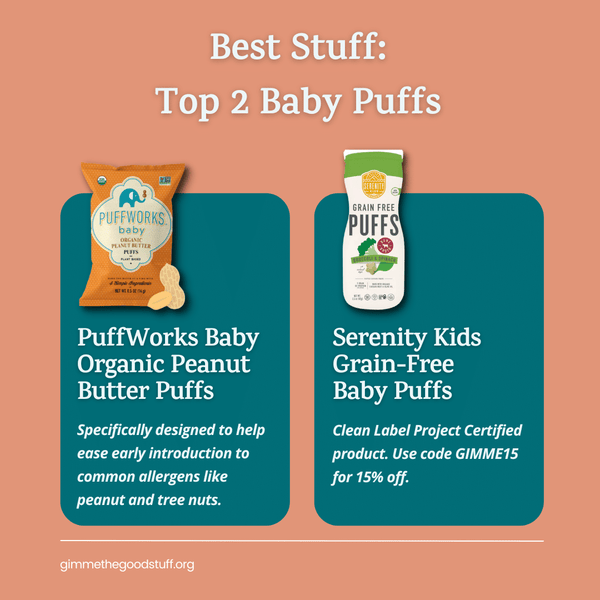




















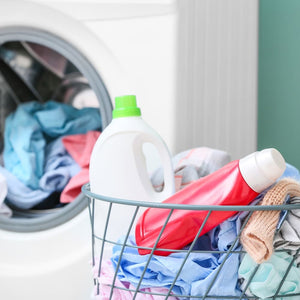
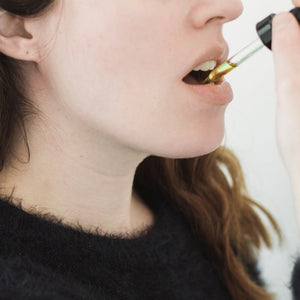
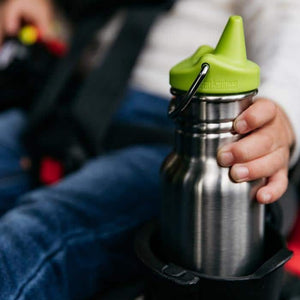
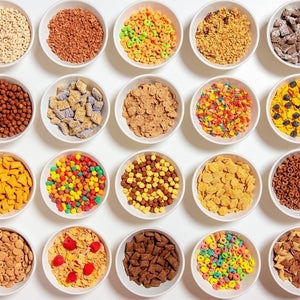



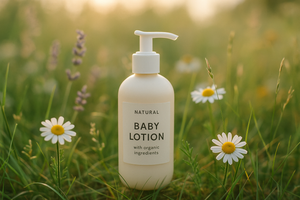
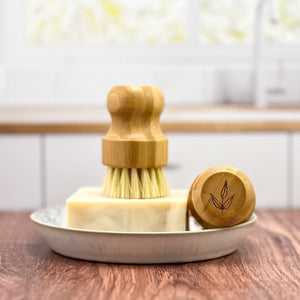
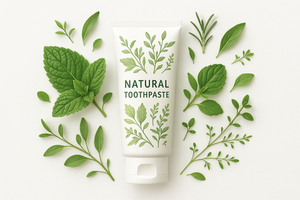


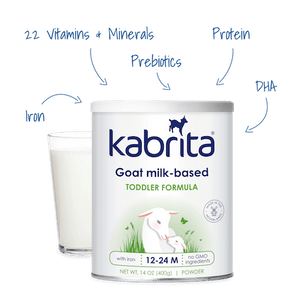

28 comments
Kathryn Goosen
Wait! What about LesserEvil’s lil’ puffs? I feel like these are hands down the cleanest and tastiest! We love serenity kids too, but LE beats them in taste and texture.
Maia James
They are now listed under Sneaky Stuff
Maia James
they are now:)
pncrowe31
Hi! Any update on these? I have a 5 month old about to start her food journey soon.
Jasmine
Serenity Kids grain free puffs really need to be on this list!